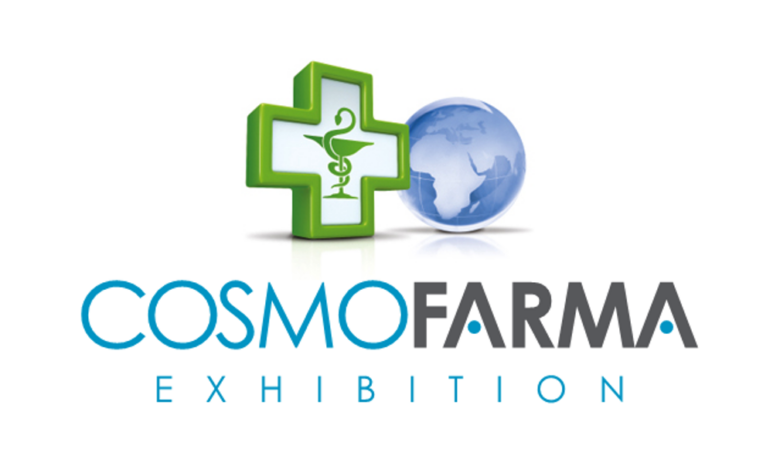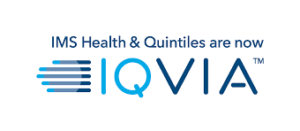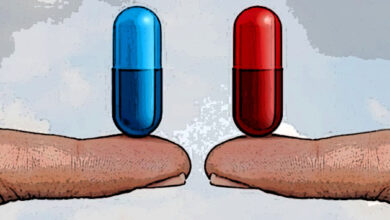
BOLOGNA – During the Covid emergency pharmacies have also undergone a digital transformation. And e-commerce is just one aspect of this 'wave' of digitalisation. Just think of apps, devices telemedicine, to the doctor's remote contacts with patients. Even in the post-pandemic, the online channel continues to grow. On the other hand, 84% of consumers believe that the pharmacy and pharmacist will have an increasingly important role in the future to give health advice.
This is the photograph taken by Iqvia, a global provider of data in healthcare, pharmaceutical, innovative technologies, consulting and clinical research services, presented in Bologna as part of Cosmofarma 'Incontri Ritrattiti', which closed on 13 May. The two researches are: "The pharmacy of services between physical and digital", edited by Isabella Cecchini; "The pharmacist 3.0 and the hybrid consumer, new strategy approaches to remain competitive" edited by Francesco Cavone.
presented in Bologna as part of Cosmofarma 'Incontri Ritrattiti', which closed on 13 May. The two researches are: "The pharmacy of services between physical and digital", edited by Isabella Cecchini; "The pharmacist 3.0 and the hybrid consumer, new strategy approaches to remain competitive" edited by Francesco Cavone.
According to Iqvia's findings, in the last 12 months (from April 1 2021 to March 31 2022) pharmacy turnover grew by 2.2%, returning to the levels of two years ago. While ethical turnover is suffering, commercial grows by 7.3% compared to 2020. Among the trends that see an increase are mainly supplements (+7% in 2022 on 2020) and parapharmaceuticals (+38% on 2020). In the first quarter of 2022, pharmacies increased in number and chains consolidated, services and also online have grown, thanks to the emergence of new models for e-commerce and e-retailers. New healthcare models have evolved in the area and patient/consumer behavior has changed.
Meanwhile, the average entrances of customers to the pharmacy, in the first quarter of 2022, dropped by 5.2% compared to the last quarter of last year (quarter in which there were queues to get swabs) and the average value of the receipt was 25.6 euros.  From the data presented by Iqvia, it also appears that the average discount of online on offline is 33% for self-medication products, 26% for supplements, 29% for parapharmaceuticals, 22% for hygiene and beauty, 13% for nutritional.
From the data presented by Iqvia, it also appears that the average discount of online on offline is 33% for self-medication products, 26% for supplements, 29% for parapharmaceuticals, 22% for hygiene and beauty, 13% for nutritional.
The most purchased products in the last 12 months have been i over-the-counter medicines for flu, cough and seasonal illnesses (63%), followed by multivitamin supplements (58%) and from those for the gastric and intestinal function (42%). Medicines were purchased at 63% in-store and 25% online.
The share of e-commerce in particular is divided between online pharmacy (46%) and Amazon (40%). Purchases on the web are preferred above all for convenience (37%) and for the possibility of receiving the products at home (20%). What holds back e-commerce, however, is the preference for physical pharmacies (24%) and distrust in online purchases (16%).
And again, the 42% of the Italians used i services offered by pharmacies (especially for common exams and for home delivery)  and over a third of those have started doing so as a result of the pandemic. The 62% also thinks that online shopping does not diminish the importance of the physical pharmacy.
and over a third of those have started doing so as a result of the pandemic. The 62% also thinks that online shopping does not diminish the importance of the physical pharmacy.
Finally, from Iqvia's investigations it emerges that the main health problems of Italians are high blood pressure (17%), cholesterol And high triglycerides (16%), obesity (12%), joint and rheumatic pains (11%). In 2021, attention to healthy eating (it is important for the 77%) and to regular sporting activity (practicing the 32%) has increased, while the proportion of people who undergo regular medical checks has decreased (the does the 42%).
Source: DIRE Agency – www.dire.it – 15 May 2022
Related news:
Fedefarma. Pharmaceutical expenditure 2021 – Fedaiisf
Isabella Cecchini – Medical-scientific information 3.0. Multi-channel and social media





